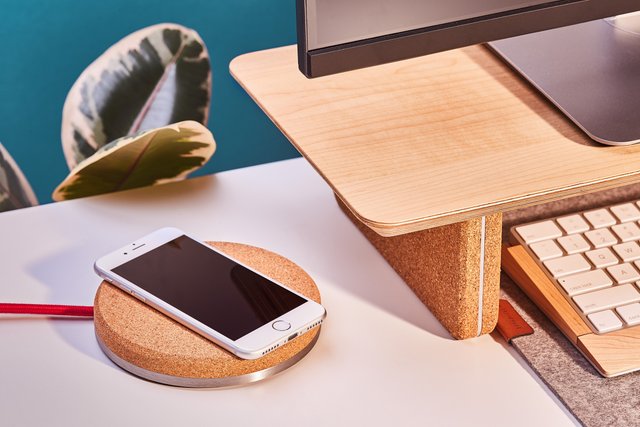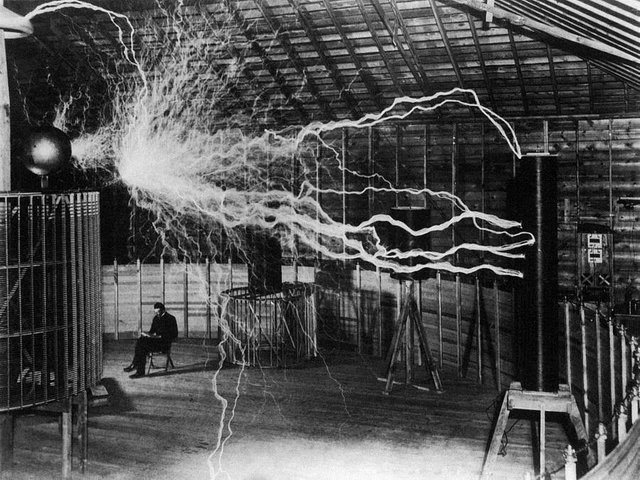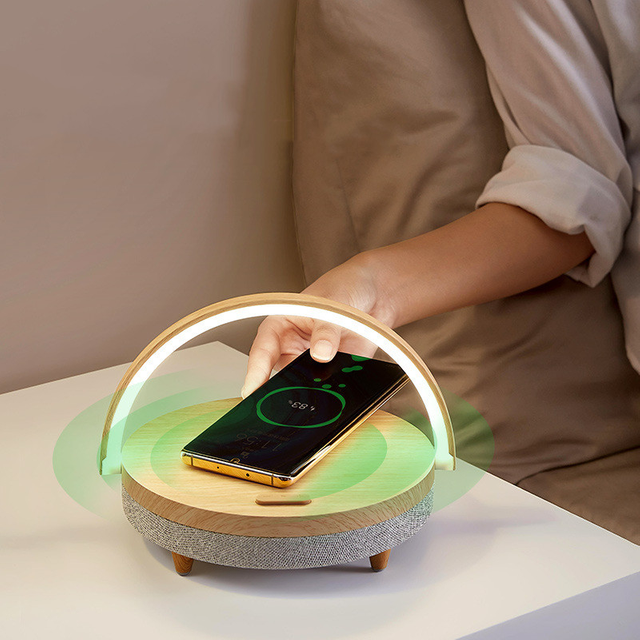Charging a smartphone using a wireless phone charging pad is better than a cable?
Forget the difficulty of plugging the charging phone when you are tired, just put your phone on the pad and your smart phone is fully charged when you wake up.
The thought of wireless chargers seems to be a little dramatic. It's as if the world's technophiles are screaming at people who still plug charging cables into their smartphones, “No wired chargers!”. Even if there's technically a bit of a blockage, the cable still needs to connect the charger to a wall outlet. But the future is wireless, as seen in mice, keyboards, headphones, and now chargers. Simply place your compatible phone on the wireless charging pad, no need to plug in, and watch the fuel burn – this quality-of-life convenience is worth the investment.
Wireless charging has been around for some time now, if you have a flagship smartphone released in the last three years, chances are that it supports wireless charging. Before you get to know more about a wireless phone charging pad, is it really any better than using a cable. I would like to add that there were two charging standards when this concept was launched. Qi is standardized by the Wireless Power Consortium, and PMA is promoted by the Power Matters Alliance. Both are based on inductive charging, but Qi has been widely adopted by electronics manufacturers and is now the de facto standard so you don't have to worry about compatibility.
Wireless charging pads, started from the invention of tesla but was teased by edison.
I'm not exaggerating about this. I don't mean to say that people in the 18th century were charging their cell phones with wireless charging. But in 1887, based on an article about Tesla's resonator in The World, Nicola Tesla discovered that electrical energy could be transmitted wirelessly. Based on this discovery, many companies are currently developing wireless phone charging devices that overcome the ease of charging smart phones without having to struggle to find cables.
Before discussing further, I will give a little explanation about what is a wireless phone charging pad. The wireless phone charging pad transfers power from a wall outlet to your device, without the need for a connecting cable. You just place your smart phone on the pad, your phone will be charged.
When we say it's cord-free, it's not enough, because the pad will have a cord from the wall outlet into it. This involves a power transmission pad and receiver, sometimes in the form of a case attached to the mobile device or attached to the phone itself.
How do wireless phone charging pad works?
1st Part : Wireless charging or Inductive charging works on the principle of the Faraday's law of induction which states that a changing magnetic flux can induce an electromotiveforce(EMF) in a coil. EMF is not a force but a potential measured in volts between the two open ends of the coil. The potential creates electric field which drives the current in any circuit connected to the EMF source or in our case the coil ends.
Faraday's law:
is Electromotiveforce of EMF
is magnetic flux.
is number of turns
EMF is proportional to the number of turns in the coil multiplied by the rate of change of effective magnetic flux generated by the magnetic source. In our case the flux source will be the charging station. Mutual coupling is ignored and the charging station is assumed to be very close to the device ,which means minimal flux leakage.
Faraday's law of Induction can also be understood with the following figure. The relative motion between the coil and the magnet changes the magnetic field strength over area or magnetic flux. This time varying flux induces voltage in the coil. Total EMF is the induced voltage in each turn multiplied by total number of turns in the coil for a tightly wounded coil.
The above mechanism can be used to charge a battery with voltage rating lower than the EMF. For example for a charger rating of 5 volts, 0.7 A charging a Li-ion battery of rating 3.7 volt 1650 mAh, i.e., the battery at a voltage of 3.7 volts can output 1.65 A for about an hour(or 6.11 Wh) it will take about 1 hr 45 mins to completely charge the battery from nil. Other factors like battery age and temperature also determines charging time.
As shown in figure below, the EMF can be rectified and used to charge a battery
, just like an AC adapter.
2nd Part : The charging station, as shown above, works on the principle of Ampère's circuital law using which one can determine the magnetic field associated with a current. By Controlling the current magnitude and flow direction one can produce magnetic fluctuations of desired magnitude and frequency. In the following figure the oscillator is tuned such that the rate of change of magnetic flux matches the resonating frequency of the receiver coil for maximum power transfer.
In electromagnetism, a time varying electric field will create a changing magnetic field, and a time varying magnetic field can create a changing electric field. This means that you can make current flow in some circuit without having wires connected. This is the same principle by which RFID tags, radios, transformers, and many other devices work.
Wireless charging pad has an oscillator and a coil to make powerful electromagnetic waves of a particular frequency. The device you are charging has a similar coil tuned to that same frequency. The coupling is very strong by having the coils close to each other and the frequencies tuned together. This makes it possible to make a lot of current flow in the charging coil.
From that point, there are many things which can happen inside the device. The alternating current can be converted into direct current through a diode bridge or other rectifying circuit, and then voltage/current controlled and used to charge the battery.
Does using fast wireless phone charging pads have negative effect on battery life?
Using a fast wireless phone charger pad and how it affects your phone battery actually depends on the phone and the charger. Wireless charging is less efficient because current can be induced in other parts of the phone, including the battery, creating more heat which can damage it.
It really depends if the battery charging is temperature regulated or if the ambient temperature is high. The temperature limit appears to be around 35C when degradation occurs more rapidly. Placing your phone close to your body can damage it.
Phone manufacturers don't seem to care much about helping you save battery, they'd rather you buy a new phone.
Is wireless charging pads better to for your phone?
After you know more about wireless charging pads, the conclusion I can convey about using wireless charging pads is whether charging your cellphone using wireless charging pads is better than using a cable. The difference is actually in the way the battery is charged.
Wireless charging spans the battery from coil to coil. Wired charging is done with a cable. When you charge it wirelessly, the thermal itself may affect other parts like capacitors in the phone, I don't think it will be involved in the life of the phone at all.
If you want to keep your phone for long, I recommend keeping it cool for as long as you can. The battery life itself depends on the thermal.
Is buying a wireless phone charging pad worth it?
Now that you are considering replacing your cables with wireless charging pads, is buying wireless phone charging pads really worth it? I would say yes, but that's up to you. They have a good advantage, I will get it. They are useful and useful to have. You don't have to get really expensive ones, but they have great prices.
You can enjoy all the advantages of wireless charging such as being able to use your phone while it is charging by simply removing it from the cradle, without having to unplug the cable, then plugging it back in after use, without any visible effect on the battery. Very comfortable.
Don't worry, it doesn't have to be expensive to get wireless charging pads. Unless, you want wireless charging brands that are priced high. But I prefer you to use brands that are more affordable like those made in China which are of the same good quality.


